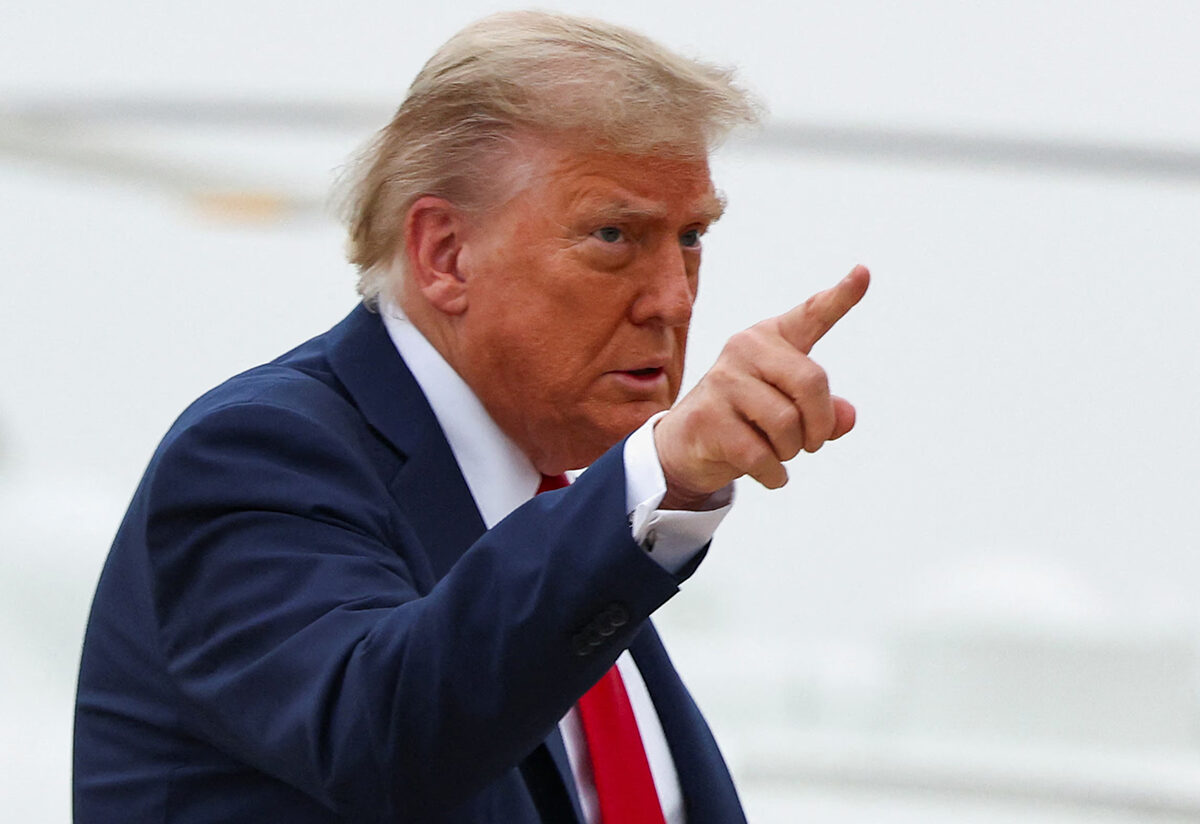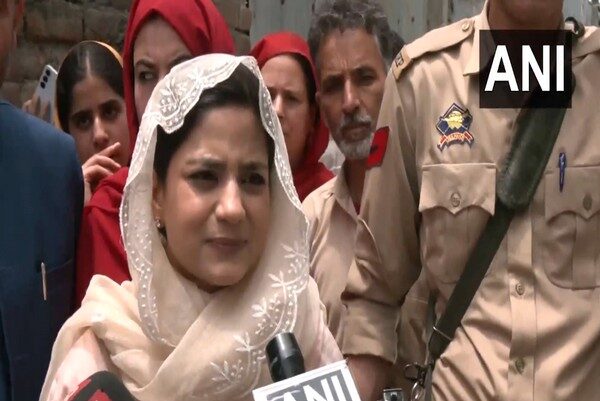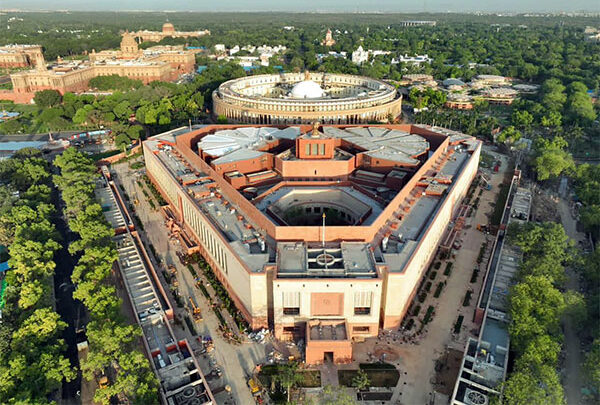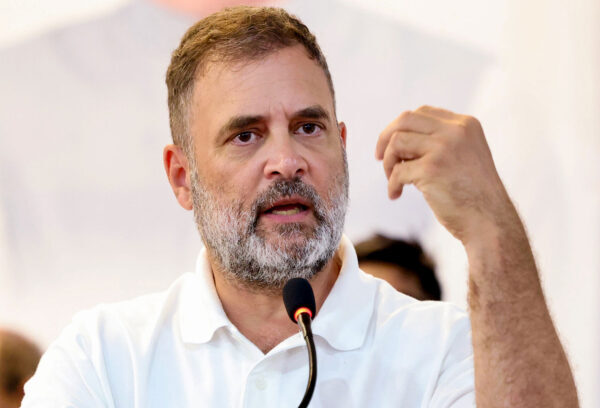
Trump’s 20-25% Tariff Threat On India Must Be Seen In Global Context: GTRI
If US President Donald Trump imposes 20-25 per cent tariffs on India, as he threatened last evening, it will have a varied impact on different sectors, noted the founder of the Global Trade Research Initiative, Ajay Srivastava.
In an exclusive interaction with ANI, Srivastava stated that the sector wise impact of the US reciprocal tariffs will be worth watching, and the impact of the trade tariffs on other countries will also determine the ultimate fall of tariffs on India.
Earlier on Tuesday, just days ahead of the self-imposed August 1 deadline date for tariffs to come into effect, US President Donald Trump stated that the India-US trade deal was “working out very well” but hinted at a 20 per cent to 25 per cent tariff on New Delhi.
“Only on August 1, when the US will be announcing such punitive tariffs on other countries, we’ll come to know whether they are charging more or less on us. Suppose he is charging 40% in some country, then we say 25% is great for us,” Shrivastava said.
He added, “Second is that sector-wise, for example, some sectors like our top exports to the US is pharmaceuticals, medicines, so Europe will be paying 15%, but European medicines are expensive, high-end proprietary medicines. We are into generics. So if we are paying 25%, I don’t think much of the generic market exports to India, exports to the US from India will be impacted.”
He added for “Smartphones, only two countries export to US especially the iPhones, China and India. So if China is paying 30% duty, India paying 25% duty, I don’t think any impact will be there. And then petroleum products, we export about USD 4 billion. There there are no duties in the US announced so far on this. So with the certainty we can talk about this after August 1.”
Speaking on the possible dateline of announcement of trade deal with India, Srivastava explained that the US is aware that India has already offered access to nearly all of its industrial products, which make up 95 per cent of US exports to India — a significant gesture that should satisfy American interests.
However, he noted that India cannot open up its agriculture and dairy sectors due to domestic sensitivities attached to the sector.
The dilemma for the US, according to Srivastava, is that while it understands India’s position, announcing a trade deal without including agriculture could set a precedent. Other countries like Japan or members of the European Union — traditionally protective of their own agricultural sectors — might then demand similar exemptions.
Srivastava noted this concern could be a key reason why President Trump may have held back from finalising a trade agreement with India.
Going further, Srivastava refuted the fact that India-UK FTA has set a benchmark for US, adding that India properly negotiated FTA where 26 subjects were negotiated at length which is not the case with the US. (ANI)



